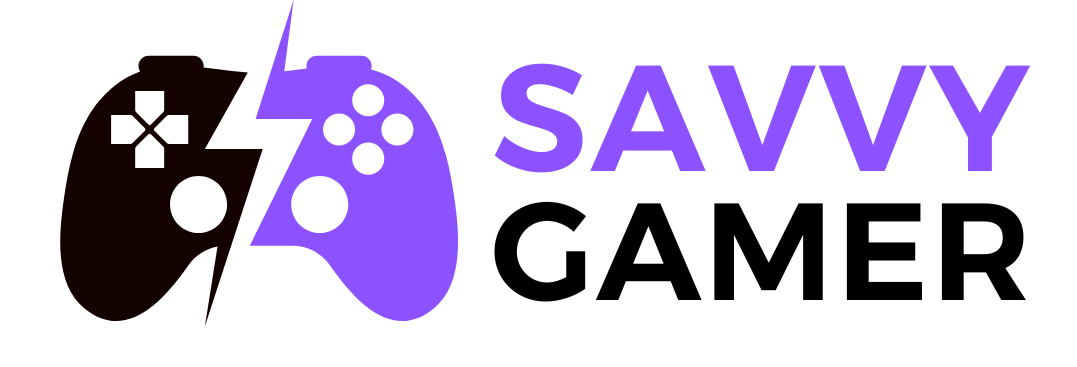They Promised The Future, Then Ghosted
They beeped, buzzed, flashed, and promised to change everything. For a moment, it looked like they might. Then—Whoosh. Gone. Some were ahead of their time. Others just missed the memo on staying power. What do they all have in common? At one point, everyone wanted in. Now they’re nothing more than future museum pieces. So let’s kick things off with the tech fads that once ruled and quickly unraveled.
 Richard from DC, US on Wikimedia
Richard from DC, US on Wikimedia
1. Zune
By the time Microsoft entered the portable music market, the iPod had already established dominance. Although Zune offered features like wireless sharing and a distinctive design, user interest stayed limited. App support was also minimal, and shelf space shrank. Microsoft eventually phased out the product.
2. Google Glass
Google Glass was established in 2013 as a wearable display for taking photos, recording video, accessing navigation, and receiving messages through voice commands. It was even used in fields such as healthcare and logistics, but faced criticism over privacy concerns. Consumer sales ended in 2015 due to limited interest.
 Dan Leveille (danlev on Wikimedia) on Wikimedia
Dan Leveille (danlev on Wikimedia) on Wikimedia
3. Tamagotchi
Handheld digital pets gained widespread popularity in the late 1990s, especially among children. Devices required users to feed, clean, and monitor virtual creatures using simple controls. When mobile games became more advanced, interest in these toys declined. Today, they’re remembered more than they’re played.
 Nori Norisa from 熊谷市, Japan on Wikimedia
Nori Norisa from 熊谷市, Japan on Wikimedia
4. LaserDisc
LaserDisc was introduced in 1978 as an optical disc format offering higher video and audio quality than VHS. It was primarily used by film enthusiasts and in educational settings. However, high cost and limited recording ability prevented widespread adoption.
5. Ask Jeeves
The butler had answers, but the world stopped asking politely. Jeeves gained attention for its question-and-answer format and mascot. But speed overtook charm. Users dropped the formalities, and Google left no room for slow-loading nostalgia. So, this invention bowed out, unused and unnoticed.
 Ask Jeeves, Carpet, TV Commercial 2003 by Obsolete Archive
Ask Jeeves, Carpet, TV Commercial 2003 by Obsolete Archive
6. Flip Video Camera
Remember the Flip? That little camera made filming as easy as breathing. One button did it all. Then smartphones got smarter, and the Flip stopped making sense. It didn’t disappear overnight—it just stopped showing up, slowly replaced by something already in your hand.
7. MySpace
MySpace launched in 2003 and quickly attracted millions of users. The application allowed personal profile design and music integration, which appealed to younger audiences. As Facebook introduced a cleaner interface and faster performance, users migrated. Soon, MySpace’s user base dropped significantly by the end of the decade.
 MySpace - Short Documentary (Relive The Nostalgia of 2006) by Faded Vault
MySpace - Short Documentary (Relive The Nostalgia of 2006) by Faded Vault
8. Clippy
Clippy was introduced by Microsoft as an Office assistant meant to help with formatting and writing. Although it was designed to be helpful, many users found it distracting. Microsoft scaled back its role in later versions and removed it entirely from Office by 2007.  Microsoft Clippy is Returning by Vailskibum
Microsoft Clippy is Returning by Vailskibum
9. MiniDisc
MiniDiscs were cool—compact, durable, and high-quality. The problem? No one asked for them. People were still vibing with CDs, and MP3s were already lining up. It’s not that MiniDiscs failed—they just didn’t have a moment to shine before tech trends jumped to the next track.
10. Vine
Short, looping videos introduced a fast-paced form of storytelling. The six-second format attracted millions of users and launched internet personalities. However, the platform failed to adapt as creators sought more flexibility. Interest declined quickly, and the service was eventually phased out.
11. 3D Television
This was hyped before the content. In fact, people wore glasses indoors, waiting for immersion that rarely came. The lenses worked, technically, but not socially. Few wanted extra gear just to relax. As screens got sharper on their own, 3D slipped quietly out of living rooms.
12. Friendster
Friendster introduced the concept of social networking to a mainstream audience. The platform attracted millions, but frequent crashes and slow performance frustrated users. Many switched to alternatives with better stability. Despite leading the way, Friendster failed to keep pace and shut down operations in 2015.
 The Greatest Failed Internet Startup - Friendster by Startup Division
The Greatest Failed Internet Startup - Friendster by Startup Division
13. Segway
At its launch, the Segway was hyped as the future of transportation. It had tech, it had buzz… it just didn’t have buyers. Cities weren’t sure how to regulate it, and people weren’t sure they needed it. So, sales lagged until it officially stopped production in 2020.
 Maurizio Pesce from Milan, Italia on Wikimedia
Maurizio Pesce from Milan, Italia on Wikimedia
14. BlackBerry
A keyboard in your pocket meant power. Emails appeared instantly, and executives typed without looking. These devices shaped early mobile habits. But when touchscreens took over, their strengths became burdensome. The buttons that once signaled control soon appeared to signal hesitation in a faster world.
15. Microsoft Kin
Released in 2010, the Kin was designed for younger users focused on social networking. It still lacked core features, such as an app store and Wi-Fi, which limited its appeal. As a result, sales were extremely low. So, Microsoft discontinued the product just six weeks after launch due to poor demand.
 The billion dollar nugget: The Microsoft Kin. by DankPods
The billion dollar nugget: The Microsoft Kin. by DankPods
16. Google+
Google linked the platform to YouTube and Gmail, aiming to build a broad user base. While accounts multiplied, real engagement didn't follow. Most users rarely posted. The experience felt forced. Ultimately, Google+ highlighted a network's limitations when participation is passive and involuntary.
17. Hoverboards
Self-balancing scooters gained attention for their futuristic design and popularity in online videos. Although they became a trend among teens and celebrities, they were soon linked to safety concerns, including battery fires. Regulations were followed in many regions, and demand dropped significantly within a few years.
18. Pebble Smartwatch
Kickstarter made it a star. The device delivered early notifications and extended battery life, proving that wearables could be useful. But app developers moved elsewhere. Larger brands filled gaps with speed and polish. Pebble wasn't flawed. It just couldn't grow fast enough to stay relevant.
19. Netbooks
Portability made them popular, especially for basic tasks like browsing or note-taking. In fact, netbooks were perfect for travel, unless you needed speed, then they just slowed you down. As tablets advanced and ultrabooks grew more capable, users moved on. The category faded within a few years.
 Vyacheslav Argenberg on Wikimedia
Vyacheslav Argenberg on Wikimedia
20. ITunes Ping
Apple introduced Ping as a music-focused social network within iTunes. It allowed users to follow artists and interact with songs, but participation remained low. The interface also felt disconnected from how people listened. With little interest from users or artists, Apple shut it down in 2012.


















